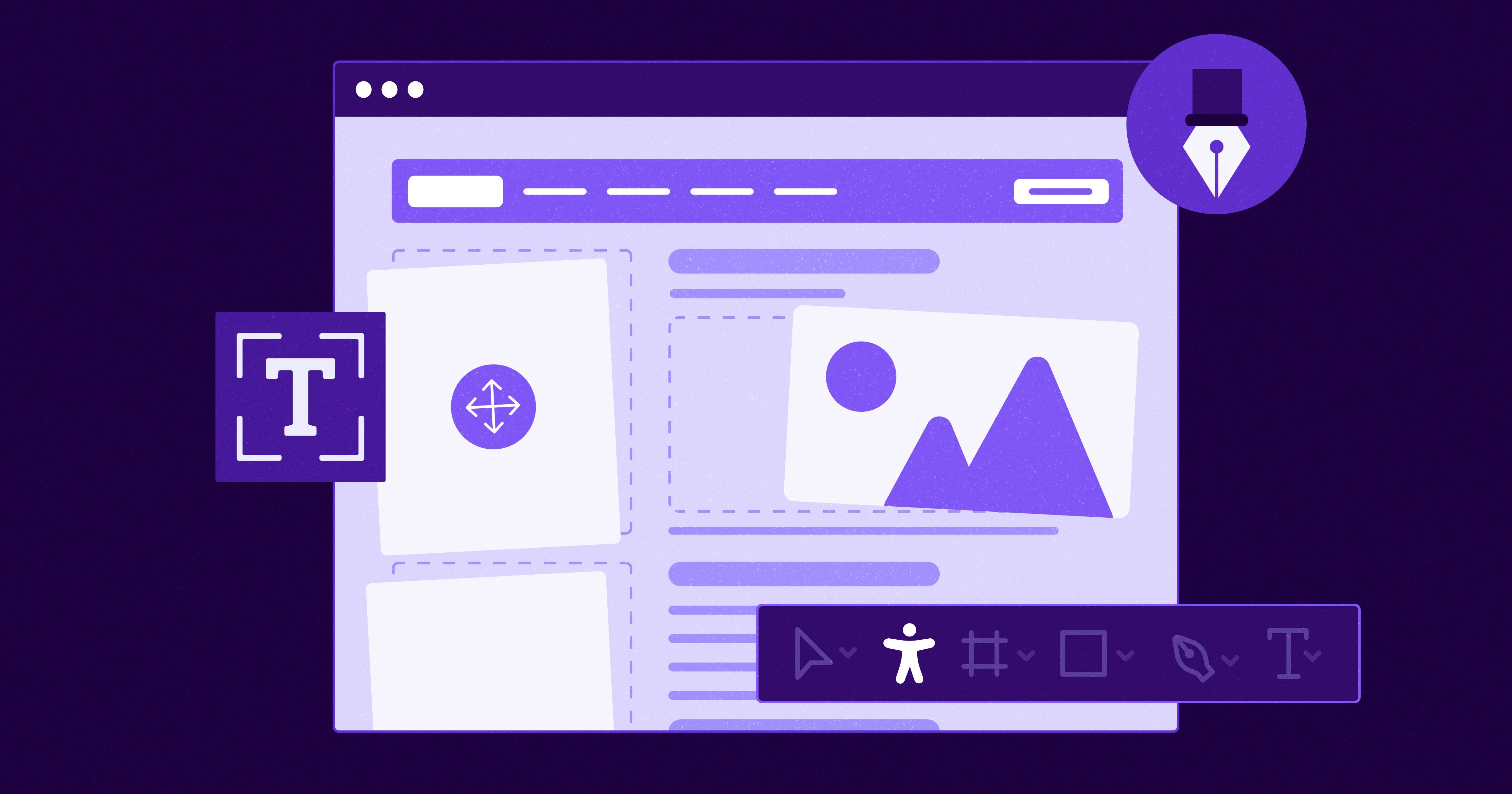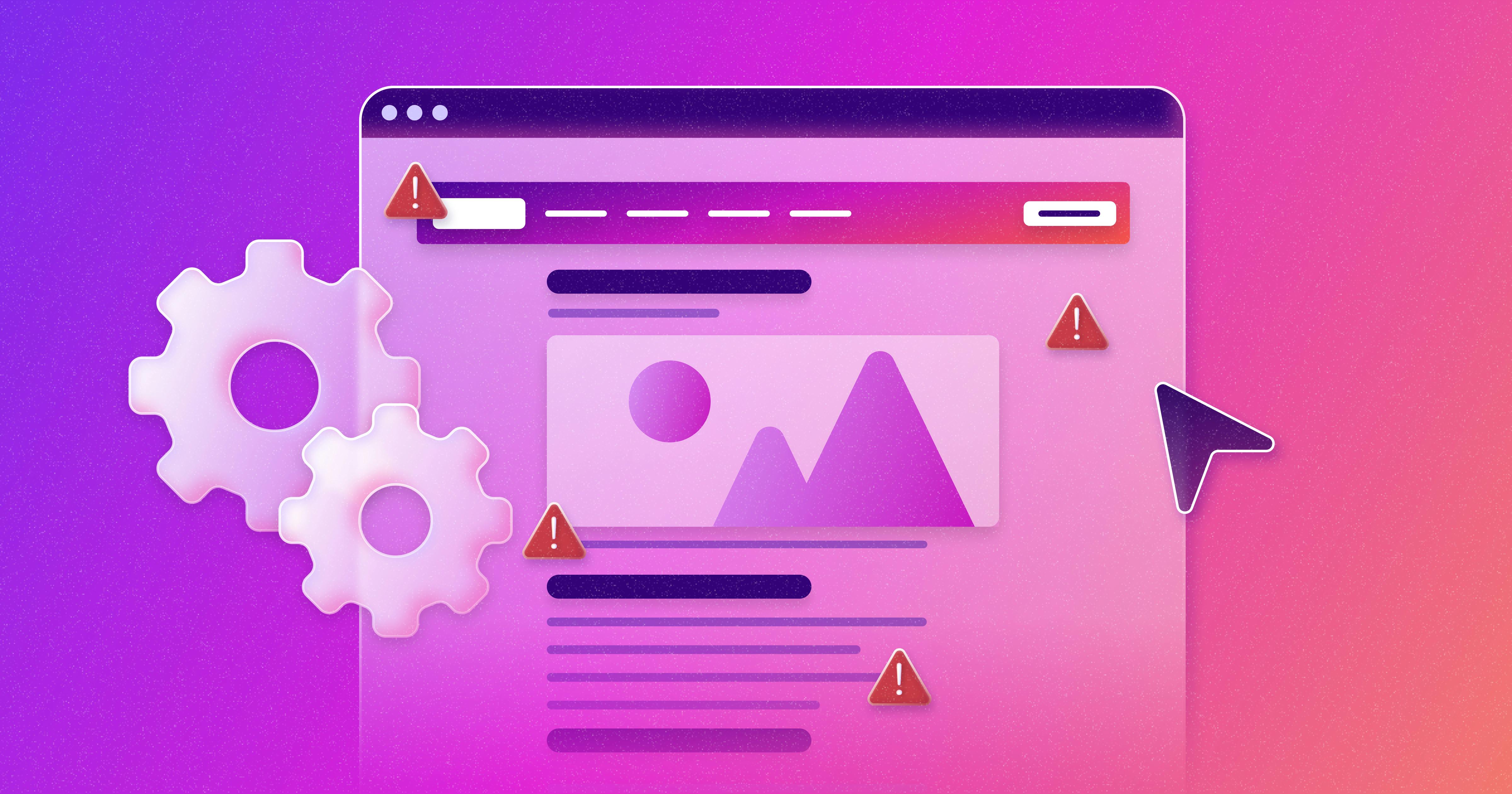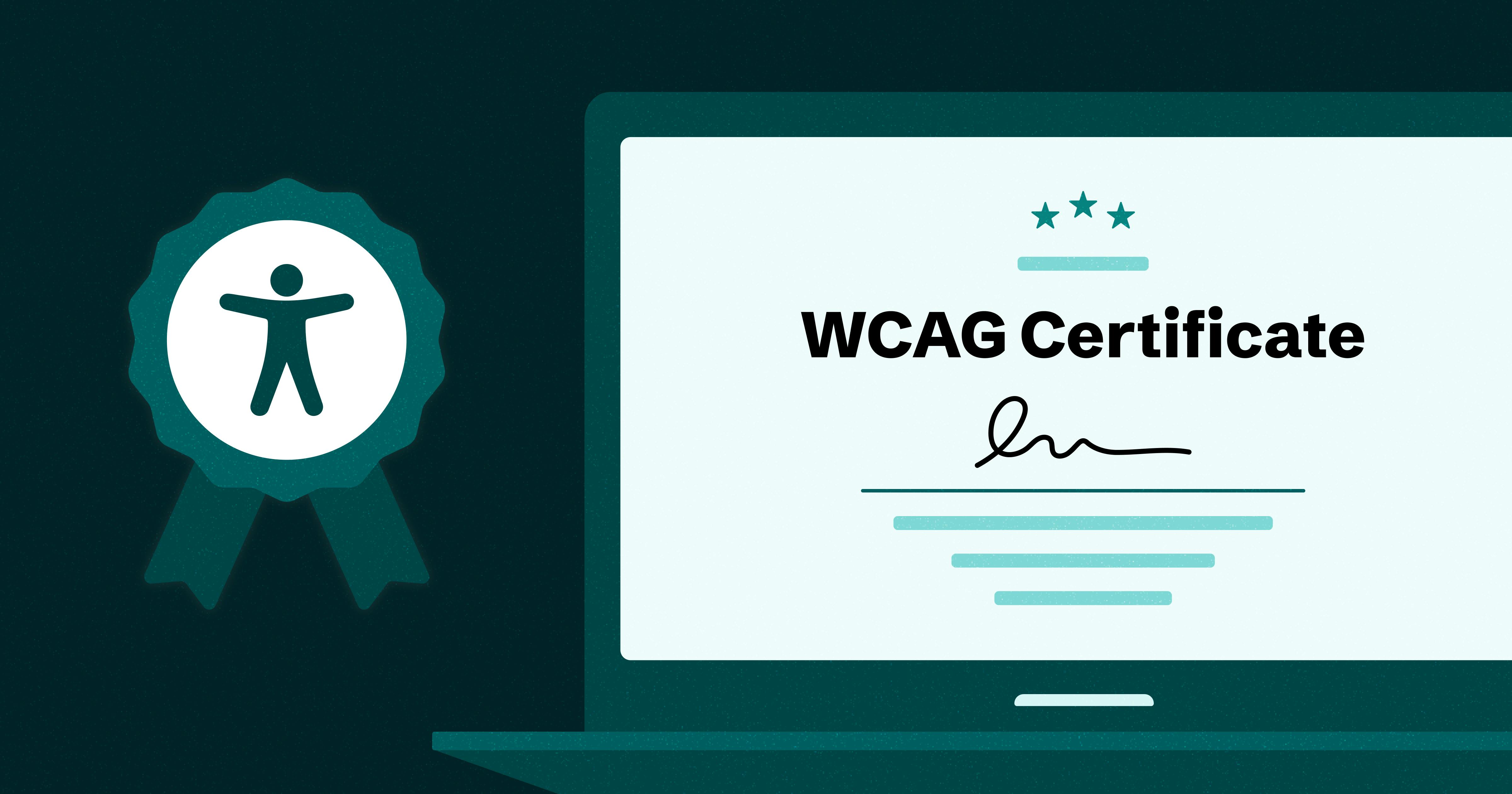Are You Closing the Door to 26% of Your Customers?


Ready to see AudioEye in action?
Watch Demo
Inaccessible digital content is keeping a huge number of people from accessing — and buying — your products and services. Discover how much a lack of accessibility is costing you in terms of customers, leads, and revenue opportunities in this article.
Imagine your business is set up in the traditional brick-and-mortar style. Customers excitedly head to your store to shop your products or services and see what you have to offer. Chances are, you wouldn’t close the door to every fourth person walking through your door — but that’s exactly what you’re doing by having an inaccessible website.
In the U.S., 1 in 4 adults have a disability — that’s roughly 61 million people. Beyond their sheer volume, the disability community wields significant economic power, considerably influencing more than $13 trillion in disposable income and their inner circle purchasing decisions.
Yet, businesses' lack of awareness of the disability community and its unique needs has resulted in them inadvertently overlooking this huge demographic. Essentially, they’ve shut themselves off from vast and promising revenue streams and ignored the needs of an influential customer base. Ignoring the needs of the disability community not only puts your business at risk (i.e., increased chance of lawsuits, damage to reputation, costly fines, etc.), but it also limits your ability to expand your network and grow your business.
The influence of the disability community was a primary driver behind recent research AudioEye conducted. We wanted to understand the role accessibility has on purchasing decisions, so we surveyed members of our A11iance Community to learn their digital preferences and how businesses are—or are not—meeting them. We then examined whether the accessibility of companies influenced their decision to buy or whether they shared the product or service with family and friends.
In this article, we’ll review what our survey results mean for businesses and the proactive steps organizations can take to remove accessibility barriers.

Top Accessibility Issues on the Web
Too much of the web remains inaccessible for individuals with disabilities. According to a recent WebAIM Millions report, just 4% of the web is accessible to the disability community. Accessibility barriers are abundant on the web, with the average homepage containing 37 accessibility errors as found in our 2023 Digital Accessibility Index. While errors vary in severity, they force people with disabilities to spend more time accomplishing a task. Some of these barriers will even stop people from using the site outright.
We asked our A11iance community what some of the most common accessibility issues they encounter in their web browsing. Below are the top three issues:
Lack of Screen Reader Compatibility
Screen readers are used by millions of people with disabilities — particularly those with visual disabilities or impairments. These devices convert text and other visual elements (including images, graphs, tables, buttons, etc.) into speech or braille and are the only users with specific disabilities can use and access the web.
Unfortunately, most websites are not optimized for screen readers, which creates an incredibly frustrating experience for users. Said one respondent: “It’s like trying to make a purchase online with no pictures, no copy, and no way to navigate around. It’s virtually impossible to accomplish anything.”
Missing Labels
The lack of descriptions and labels for form fields, links, buttons, and other interactive elements make it difficult — if not impossible — for users to understand the function of these elements. Without these labels, it can make tasks like checking out or creating accounts harder to complete. One respondent stressed the importance of ensuring these labels are in checkout processes, saying “Imagine spending a lot of time finding that perfect thing only to be unable to check out.”
Many respondents stated that simply adding descriptive labels to web elements would drastically improve the accessibility of digital content. Said one respondent: “If we could get [businesses] to provide excellent descriptions of exactly what is being displayed so as not to confuse those of us who can’t see life, [it] would be so much better.”
No Captions, Subtitles, or Transcripts for Multimedia Content
The increasing use of audio content across the web poses problems for individuals with auditory disabilities (i.e. deaf or hard of hearing). Audio content that doesn’t include captions or subtitles excludes these users from accessing vital information or enjoying multimedia content or experiences.
Adding captions and subtitles to videos as well as transcripts for sound clips (i.e. podcasts) ensure these users can interact with audio content. To further enhance the accessibility of this feature, consider adding the ability to change font sizes. One respondent pointed out that those with hearing impairments may also have eyesight problems and “being able to change the subtitles or closed captions to different size fonts [would allow] for better viewing.”

Lack of Accessibility is Costing You
Here’s the bottom line: If your website does not include good accessibility features, you’re losing customers. According to our survey, the majority of respondents (95.7%) reported abandoning websites that are difficult or easier to use for others. And users are only willing to spend so much time on a workaround before they abandon your site. Our results found most users will spend less than five minutes trying to get past accessibility barriers before leaving — frustrated and unsatisfied.
Depending on how poor users’ experience was, they may submit negative feedback or share their frustrations with friends and family on social media platforms — both of which cost you sales, leads, opportunities, and revenue. Not to mention, negative attention may increase the risk of accessibility lawsuits that can cost you even more money, damage your reputation further, and make it that much harder to attract and win customers.
Those are the dangers of not having an accessible site. An accessible site, on the other hand, can help you tap into a vastly underserved market that’s incredibly loyal.
The ROI of Accessibility
According to our survey results, the majority of disabled users (90.9%) stick with brands that provide an accessible, usable experience for longer. Additionally, 95.4% of customers are more likely to make a repeat purchase from accessible brands. By creating an accessible website, you’re better positioned to tap into a market of highly loyal customers — and their friends and family.
We asked survey respondents whether or not they recommend accessible websites to their inner circles — 81.8% do. The main reason behind doing so is to ensure their loved ones can enjoy the same accessible, inclusive experience they had. Said one respondent: “If I find a website that works and works very, very well for me, I will always recommend it because I want people to have the same experience that I have.”
Another respondent stated: “I want friends and family to enjoy the same things I enjoy.” Another said: “I believe promoting accessible websites, apps, products, services, and content is important to fostering even more inclusion.”
Put simply, disabled users are recommending accessible content to their friends and family for a myriad of reasons. If your site is accessible, not only are you opening the door to the $13 trillion in disposable income the disabled community controls, but also the income of their friends and family. This can result in unprecedented growth for your business — all by adding key accessibility features in.
One respondent put it best, saying: “People with disabilities are very loyal clients, that is because accessible websites are hit and miss, if you find one that is accessible as well as user-friendly, you want to share the wealth.”
The Takeaway
As you make improvements to your digital content’s accessibility, you’re opening that metaphorical door for the larger disabled community. You’re ensuring that when users navigate to your site, they’ll have a great, accessible experience that’s free of as many accessibility barriers as possible. Plus, making accessibility improvements to your website can actually increase your SEO rankings, allowing more people to find your products and services.
Additionally, by creating that positive experience, you’re increasing the likelihood of friends and family of disabled users accessing your site, making repeat purchases, and coming back for more. This ultimately widens your customer base and creates more opportunities to boost your revenue.
Create Accessible Digital Experiences with AudioEye
Here’s the good news: tapping into the vast and fiercely loyal consumer base is doable. It starts by embracing digital accessibility and making proactive steps to provide a better experience for a vastly underserved market. By taking these steps, you demonstrate your commitment to inclusivity and unlock opportunities for sustainable growth and brand loyalty.
The best place to get started with digital accessibility is to understand the accessibility health of your digital content.
That’s where AudioEye comes in. Our Web Accessibility Scanner provides a high-level overview of how accessible your existing content is and where improvements need to be made. But here’s where AudioEye goes a step further — our Automated Accessibility Platform can find and fix common accessibility issues automatically, getting you one step closer to a more accessible website. We supplement our automated accessibility testing with Expert Audits performed by our team of human experts who uncover and remediate more complex accessibility issues.
With AudioEye, you’re left in a more competitive spot to attract and win over disabled users. Get started by entering a URL in our scanner below.
Ready to start your accessibility journey? Schedule a demo with AudioEye today.
Ready to see AudioEye in action?
Watch Demo
Ready to test your website for accessibility?
Share post
Topics:
Keep Reading

7 Websites That Got Accessibility Right (and What You Can Learn)
Looking to create an accessible website? See how seven companies utilized accessibility best practices to create a seamless user experience that works for all.
accessibility
April 11, 2025

Why People + Automation Is the Right Approach to Accessibility Testing
Discover how using both automated and manual accessibility testing is the perfect approach to creating accessible, compliant digital content.
accessibility
April 08, 2025

Is WCAG Certification Possible? 6 Things You Need to Know
While WCAG standards don’t offer official certification, there are training programs and professional credentials that can boost your accessibility expertise. Learn more.
accessibility
April 03, 2025
